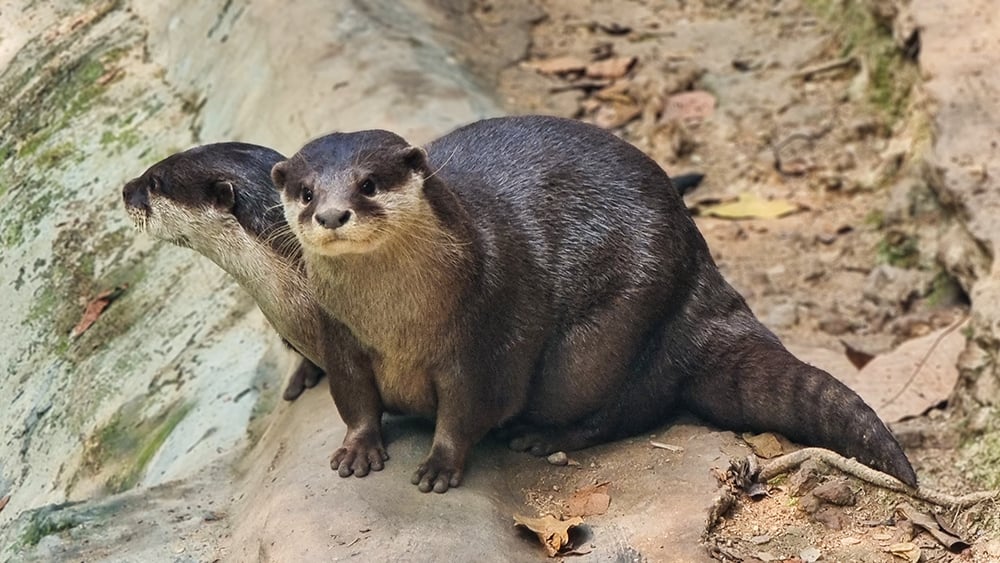Saving the Red Panda
Red pandas may share part of their name—and their bamboo-based diet—with the giant panda, but they are entirely unique. Much smaller in size, red pandas are the only surviving member of the Ailuridae family, and they play a vital role in the Eastern Himalayan ecosystems where they live.
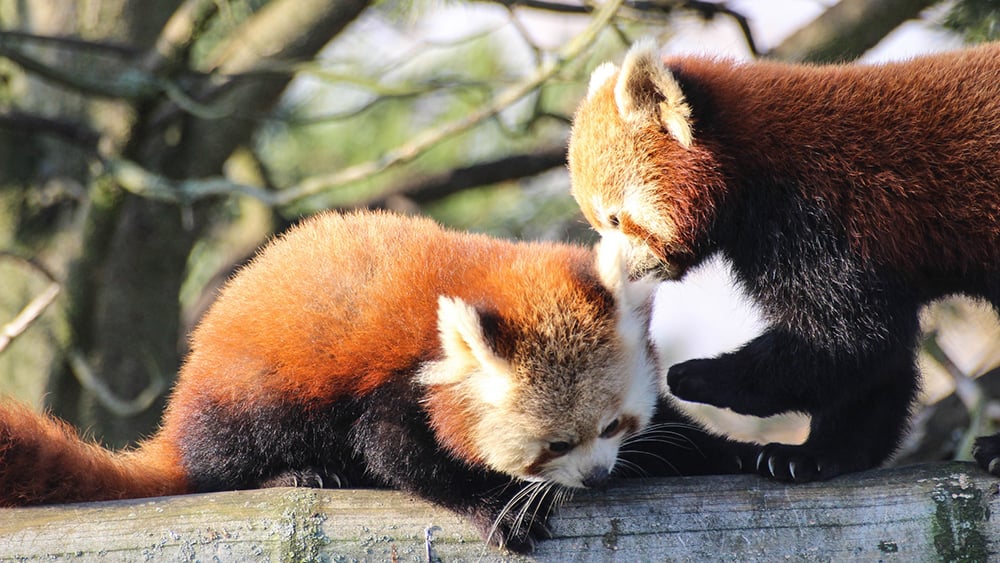
Photo © Susanne Nilsson
Native to the eastern Himalayas and southwestern China, this mammal is listed as endangered on the IUCN Red List. It is estimated that there are fewer than 10,000 mature red pandas and that number continues to decline.
Why are red pandas endangered
Red pandas are endangered due to several threats, but habitat loss is the primary threat to red pandas. Rapid human population growth, climate change, and unsustainable living practices are causing the degradation and fragmentation of red panda habitat. Due to the loss of livable land, red pandas are struggling to find food and mates. As a tree-dwelling species, red pandas struggle to survive when forests are fragmented and populations become susceptible to genetic bottleneck.
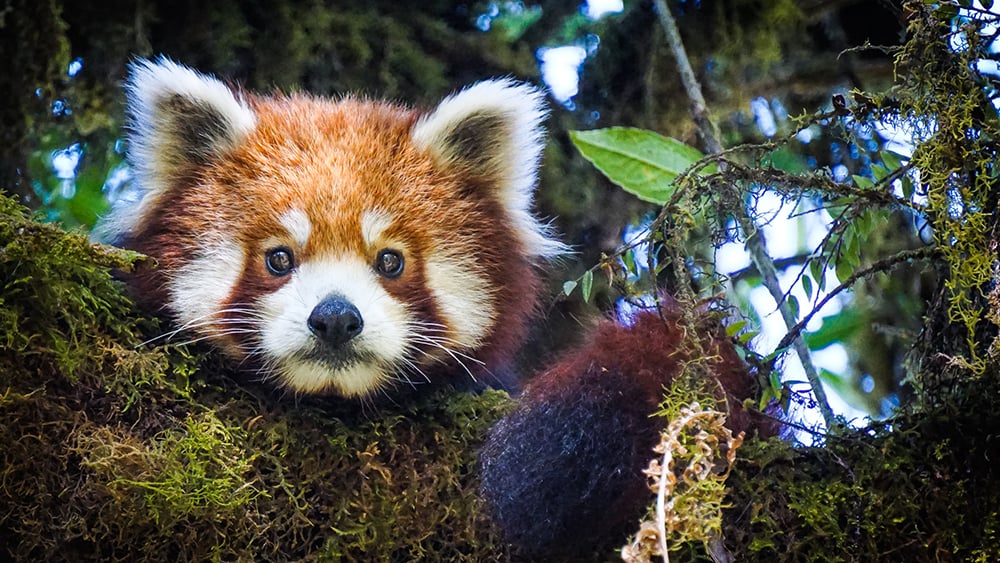 Photo © Ashley Bowen
Photo © Ashley Bowen
Additional threats the red pandas face are hunting and poaching. They are hunted and poached for their distinctive fur and to sell through the illegal pet trade.
What is being done to save the red panda?
Thanks to your donations, Greater Good Charities was able to grant money to the Red Panda Network’s First Panda Challenge: a response to the endangered status of such a unique and important species.
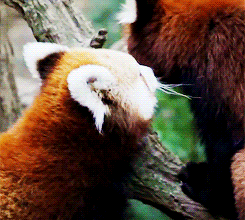
Red Panda Network (RPN) aims to restore more than 32 hectares of core red panda habitat by planting more than 30,000 native trees, that have been identified as red panda food and shelter species, and help create habitat connectivity that can support viable red panda populations. Restoring it would create a critical corridor for red pandas and other endangered wildlife in the area.
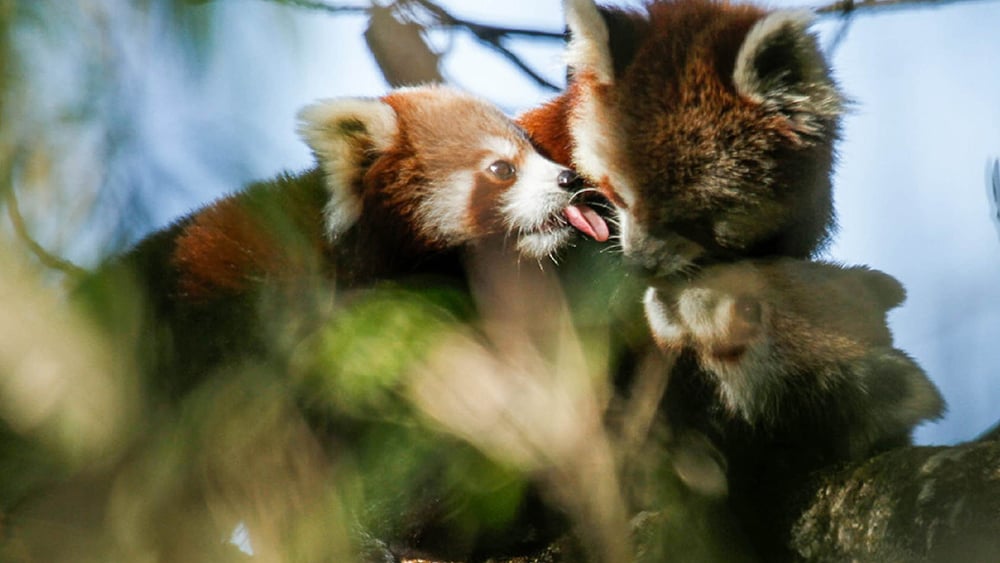 Photo © Axel Gebauer
Photo © Axel Gebauer
In the long-term, RPN Forest Guardians plan to conduct ongoing monitoring of red panda populations and habitat with camera traps and data from pre-restoration will be compared to post-restoration which will allow scientists to measure the impact of the project.
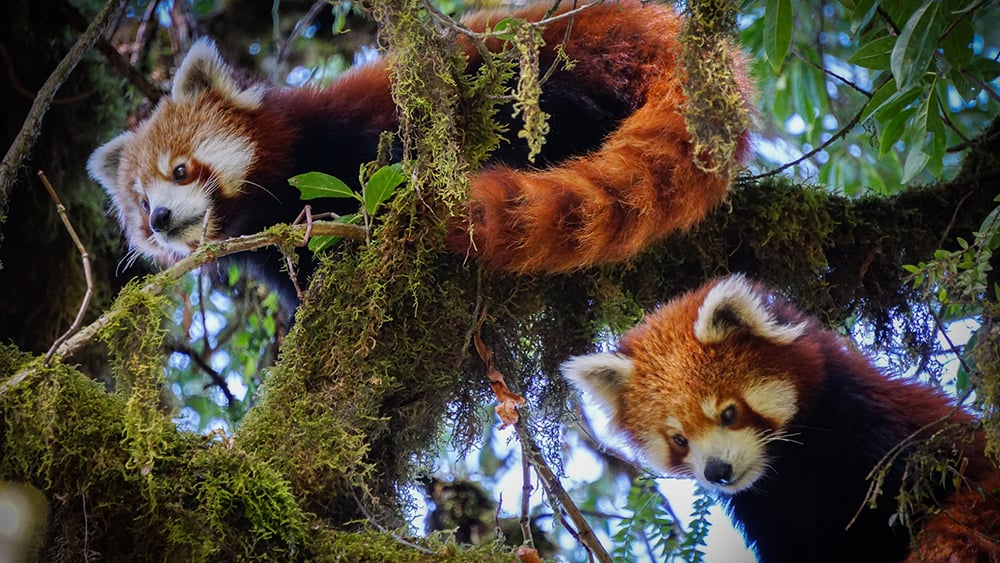 Photo © Ashley Bowen
Photo © Ashley Bowen
How you can help
Greater Good Charities is dedicated to the conservation of species identified as in peril, threatened, endangered, or close to extinction throughout the world. Humans are one of more than 1 million species. Yet our existence has marked our planet, leaving many species on the brink of extinction, 30-50 percent of which might be gone by mid-century. Biodiversity is crucial to our planet’s survival, and rapid loss rates endanger it and everything living within it.
There is so much work to be done and we need your help to continue to protect critical species and biodiversity hotspots around the world.

